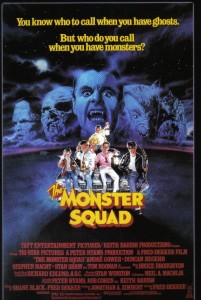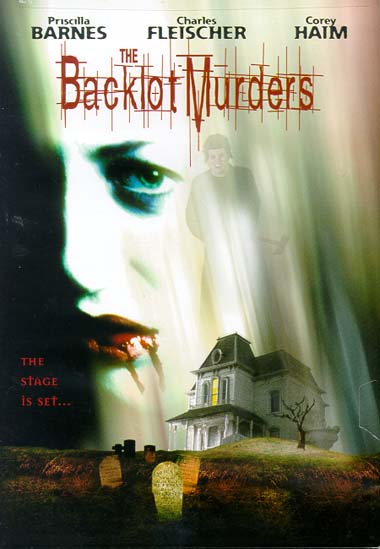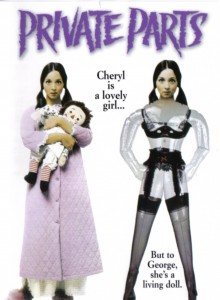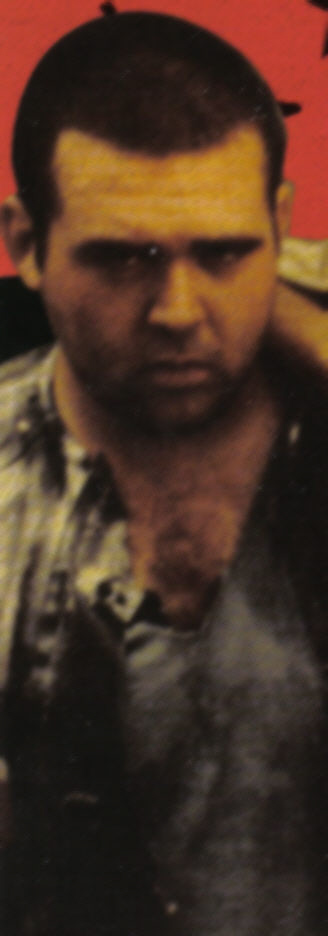
A kid in the 70’s, I grew up like a Monster Kid was supposed to. I began with the Universal horror classics like Dracula, Frankenstein and The Mummy, and then graduated to Hammer Horror, Godzilla movies, etc. Support was provided by The Monster Times, Famous Monsters and all the Warren horror magazines, as well as Aurora monster model kits. Then, at the dawn of the 80’s, as I became a teenager, the slasher phenomenon happened and I was hooked.
These flicks were new. They pushed the envelope with their stalk-and-kill format, bringing a sense of reality to the horror movie. No longer were vampires, reanimated corpses and werewolves the creatures that stalked victims; now it was the all too real serial killer. One of the particular strengths of the horror movie is its continuing ability to examine whatever fear a society is experiencing at any given time: the atomic terrors of the 50’s, the fear of nature and what kids were turning into during the early and mid-70’s, today’s torture porn. In the 70’s, serial killers were becoming a more common phenomenon and really making an impact on the public’s psyche with the likes of Zodiac, Richard Ramirez, and the Son of Sam generating a general sense of unrest. It was only natural that they’d work their way to the forefront of the horror flick too.
After the low-budget Halloween was released in 1978 and became a hit, the slasher movie floodgates started to open. With the success of Friday the 13th two years later, anyone with a camera, an actress and a blood squib was suddenly hopping on the slasher mill. Hollywood wasn’t far behind either, each studio hoping to find their own Friday the 13th like Paramount was lucky enough to have done. Each week it seemed like a new slasher flick was showing up at my local small-town theatre, most of them named after some holiday or event in order to cash in on the formula established by Halloween then cemented by F13th. I mean, they brought Final Exam to town. Final Exam! If ever there was a sorry excuse for a slasher flick, it’s Final Exam.
Though I wasn’t old enough to be going to these R-rated beauties on my own at first, my friends and I would find ways to get into the theatre. Right at the peak of the slasher cycle, however, I turned 18 and getting in no longer required any imagination. What remained though, was the anticipation I felt each and every time before the lights would dim and the flick would begin. The thought that drove the excitement was, “What if this is the movie that REALLY freaks me out?!” Man, I miss that feeling.
The 80’s was an era when movie critics and community groups protested slasher flicks, adding to the attraction by making them seem forbidden. In their eyes, and in the minds of a lot of people who’d only heard about these dangerous flicks through the media, if you were a slasher fan, you were sick. The point that the anti-slasher lobbyists were missing is that, for the most part, slasher fans could tell the difference between fantasy and reality. Each gore effect was like a magic trick. We wanted to be fooled by the make-up artists’ illusions (All hail Tom Savini!). We also liked the suspense that lead to each attack, and we liked identifying with the final girl as she fought off the killer and survived through to the sequel.
Living in Canada, censorship was also an issue in the 80’s as numerous slasher flicks would show up cut. We weren’t quite as bad as the UK, but we were close. This censorship only drove the compulsion to seek out uncut versions of the edited movies. In some cases, this would take years. Add the damage done by Canada’s chopping block to the none-too-subtle self-censorship already imposed on filmmakers by the MPAA, and you could find some pretty bloodless slasher flicks circulating around the great White North in the Regan era. I can recall catching a screening of Mother’s Day wherein one of its lunatics is about to behead an unaware hippie. The axe swings, there’s an obvious cut in the image and on the soundtrack, and the hippie just disappears as the scene continues. Nice editing job. Though not a slasher flick, don’t even get me started on the cuts inflicted on George Romero’s Dawn of the Dead when I caught it during its original Canadian release. Let’s just say it was all tease.
Of the slasher flicks I went to see in the 80’s, the best audience response I experienced was during the original Friday the 13th, though When a Stranger Calls was a close second. Stranger, however, didn’t sustain the audience involvement the way F13th did. It’s hard to believe today, but the tension in the air at that F13th screening was palpable. Each kill was greeted with a communal scream from the audience, giving us non-screamers a rush as people everywhere around us lifted out of their seats. And that ending, stolen fresh from Carrie, ensured that everyone was talking about the movie as they left the theatre and into the next day at work/school.
Today, though that communal slasher movie theatre experience is for the most part gone, slasher flicks from their golden age are available uncut and pristine on DVD and Blu-ray anywhere. Can’t find them at your local retailer or rental shop? Just order them online. Flicks that even die hard slasher fans dismissed in the day are being reevaluated and enjoyed for what they have to offer (I’m talking to you, Pieces). And this, I think, is one of the great lessons we can learn from Retro Slashers: You never know what piece of today’s “trash” is going to be tomorrow’s treasure. Now go find a red leather zipper jacket to put on, drop the needle on some Lisa Lisa and Cult Jam, and pop Don’t Go Into the House into the VHS machine (or do you have Beta?). A gnarly experience is waiting.

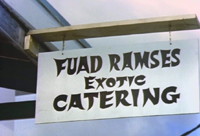


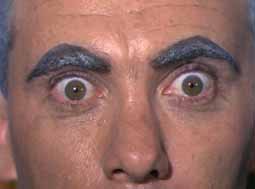
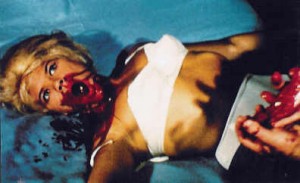 >
>